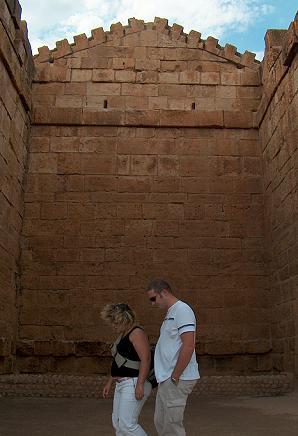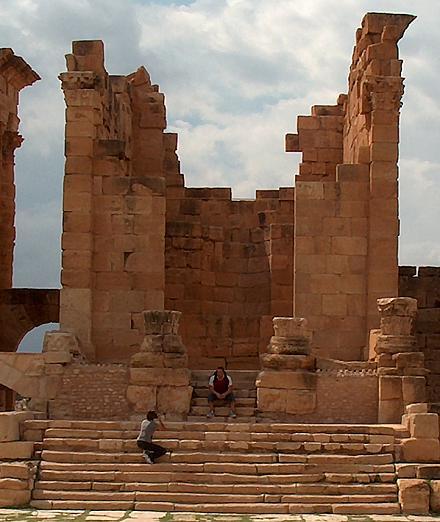Today Is February 9, 2017, And Donald Trump Is Not My President.
Today is February 9, 2017, and Donald Trump is not my President.
More Posts from Bad-andreas-s-blog and Others
Always the death in the eyes

Radna Ayusheev, an ethnic Bashkir sniper of the 63rd Soviet Naval Infantry Brigade, is photographed during the Petsamo–Kirkenes Offensive. The Petsamo–Kirkenes Offensive was a major military offensive mounted by the Soviet Army against the German Wehrmacht in 1944 in northern Finland and Norway. The offensive defeated the Wehrmacht’s forces in the Arctic, driving them back into Norway. Ayusheev is credited with killing 25 German soldiers during the operation but was later killed in action. Kirkenes, Norway. October 1944

Britney Spears, tot? Nein, das wäre selbst für das schwarze Jahr 2016 zu viel. Aber falsche Todesmeldungen haben leider immer wieder Konjunktur - von Axl Rose bis Stefan Raab.
humiliation of prisoners of war

German POWs marched through Moscow, 1944
Approximately three million German prisoners of war were captured by the Soviet Union during World War II, most of them during the great advances of the Red Army in the last year of the war. The POWs were employed as forced labor in the Soviet wartime economy and post war reconstruction. By 1950 almost all had been released. In 1956 the last surviving German POW returned home from the USSR. According to Soviet records 381,067 German Wehrmacht POW died in NKVD camps (356,700 German nationals and 24,367 from other nations). German estimates put the actual death toll of German POWs in the USSR at about 1.0 million
https://en.wikipedia.org/wiki/German_prisoners_of_war_in_the_Soviet_Union

I love this photo.


Pad Leader Guenter Wendt, kneeling, supervises preparations to remove the Apollo 11 astronauts from their spacecraft following the Countdown Demonstration Test, a dress rehearsal prior to the actual launch day. Visible in the hatchway is Command Module Pilot Michael Collins. To his left is Apollo 11 Commander Neil A. Armstrong. At Collins’ right is Lunar Module Pilot Edwin E. Aldrin Jr
https://www.youtube.com/watch?v=c2DgwPG7mAA&feature=share
Aollo11 Saturn V Launch








Capitoline of Sbeitla
Sbeitla, Tunisia
2nd century CE
70 m. X 67 m.
From left to right: Temple of Minerva is in the best condition, while the Temple of Jupiter next to it has almost all of its walls still standing. The Temple of Juno has fared worse, but there is plenty to help you imagine what it must have looked in pristine condition. To the south of the forum is the Arch of Antionius Pius.
The southernmost of the three temples was dedicated to Minerva, which was the daughter of the two gods revered in the other two temples. She was considered to be the virgin goddess of warriors, poetry, medicine, wisdom, commerce, crafts and inventor of music. Her temple appears as the most impressive of the three from the outside, and even the interior is in excellent condition.
The Temple of Jupiter stands in the middle, being the temple of the most important of all gods in the Roman pantheon. It is the largest temple, and deduced from its present, excellent condition, it was the object of first-class engineering. It is noteworthy that the temple has no entrance by itself, it was entered by bridges across arches from either of the other two temples.
The Temple of Juno is by far the least impressive of the three making up the Capitol. It is also the most ruined one. Juno was the Queen of the gods, the wife of Jupiter and the mother of Minerva. The niche in the middle had a statue of the goddess, which has never been found.

-
 aiman1959 liked this · 8 years ago
aiman1959 liked this · 8 years ago -
 limewirequicksilveredition liked this · 8 years ago
limewirequicksilveredition liked this · 8 years ago -
 mavieesttriste16 liked this · 8 years ago
mavieesttriste16 liked this · 8 years ago -
 bakedapplebakery reblogged this · 8 years ago
bakedapplebakery reblogged this · 8 years ago -
 kiddbasedbeats liked this · 8 years ago
kiddbasedbeats liked this · 8 years ago -
 olliekinzbitchhhh liked this · 8 years ago
olliekinzbitchhhh liked this · 8 years ago -
 rachelpenrosesireofgods liked this · 8 years ago
rachelpenrosesireofgods liked this · 8 years ago -
 xdarknoirx liked this · 8 years ago
xdarknoirx liked this · 8 years ago -
 hey-snufkin liked this · 8 years ago
hey-snufkin liked this · 8 years ago -
 rwbjr liked this · 8 years ago
rwbjr liked this · 8 years ago -
 ayebtwimadrii reblogged this · 8 years ago
ayebtwimadrii reblogged this · 8 years ago -
 ayebtwimadrii liked this · 8 years ago
ayebtwimadrii liked this · 8 years ago -
 skippercalantian liked this · 8 years ago
skippercalantian liked this · 8 years ago -
 lookingforthelovingdead reblogged this · 8 years ago
lookingforthelovingdead reblogged this · 8 years ago -
 rozelynadeau liked this · 8 years ago
rozelynadeau liked this · 8 years ago -
 tofuart liked this · 8 years ago
tofuart liked this · 8 years ago -
 smiley-maile liked this · 8 years ago
smiley-maile liked this · 8 years ago -
 ptarm liked this · 8 years ago
ptarm liked this · 8 years ago -
 stytch liked this · 8 years ago
stytch liked this · 8 years ago -
 sweetestsoutherndarling-blog reblogged this · 8 years ago
sweetestsoutherndarling-blog reblogged this · 8 years ago -
 chickieg liked this · 8 years ago
chickieg liked this · 8 years ago -
 divinemamma1-blog liked this · 8 years ago
divinemamma1-blog liked this · 8 years ago -
 hollyhepcat-blog liked this · 8 years ago
hollyhepcat-blog liked this · 8 years ago -
 litterally-trash-blog liked this · 8 years ago
litterally-trash-blog liked this · 8 years ago -
 totally-not-beetle liked this · 8 years ago
totally-not-beetle liked this · 8 years ago -
 saltyquarters reblogged this · 8 years ago
saltyquarters reblogged this · 8 years ago -
 transgirlpinup reblogged this · 8 years ago
transgirlpinup reblogged this · 8 years ago -
 strawberrymacaronexplosion liked this · 8 years ago
strawberrymacaronexplosion liked this · 8 years ago -
 fxxx-it liked this · 8 years ago
fxxx-it liked this · 8 years ago -
 jacobeus18 reblogged this · 8 years ago
jacobeus18 reblogged this · 8 years ago -
 jacobeus18 liked this · 8 years ago
jacobeus18 liked this · 8 years ago -
 mintclorox-blog liked this · 8 years ago
mintclorox-blog liked this · 8 years ago -
 crazychemist1802 liked this · 8 years ago
crazychemist1802 liked this · 8 years ago